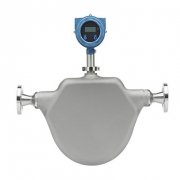Differential Pressure Transmitter ABB
Differential Pressure Transmitter ABB
The Differential Pressure Transmitter ABB offers a broad variety of communication possibilities. Another highlight of 266DSH ABB sensors is the measurement accuracy of up to 0.025 %.
266DSH is the differential pressure transmitter featuring standard DP-Style design. Characterized by long stability and high performance, this pressure transmitter represents ABB commitment to satisfying Customer needs.
This transmitter features an in-field replaceable electronics module that thanks to the auto-configuration functionality dramatically improves plant productivity. Its intuitive plug-and-play display with easy setup procedure really helps users by saving time and lowering maintenance and inventory costs. Moreover, the innovative TTG (Through The Glass) technology allow users to configure the instruments in the field without removing the windowed front cover and consequently to save a lot of time setting all parameters by using the fingertips in few minutes.
In addition, 266DSH features Plugged Impulse Line Detection as a standard helping customer in detecting when the impulse line is going to be plugged. This is real predictive maintenance.
SIL2/SIL3 certification issued by TÜV Nord according to IEC 61508 represents another key-feature within 266 pressure transmitter portfolio. This certification is a real guarantee of protection and makes of 266DSH the smartest fit in Safety-critical loops.
266DSH features WirelessHART communication protocol allowing the addition of pressure measurement points throughout your operation. You can now monitor hard-to-reach locations and keep your employees out of dangerous and hazardous areas. The 266 WirelessHART Pressure Transmitters have a battery life of about 10 years at 32-sec update rates, delivering a very cost-effective and reliable solution to monitor your process assets.
Shorten installation times by eliminating complex wired infrastructures, and lower overall implementation costs of process measurement, with ABB wireless devices featuring WirelessHART communications – Measurement made easy.
Technical Specification
- Base accuracy: from ±0.06%
- Span limits: 0.05 to 16000kPa; 0.2 … 2320 psi
- Multiple protocol availability
- provides integration with HART®, PROFIBUS PA and FOUNDATION Fieldbus platforms offering interchangeability and transmitter upgrade capabilities
- Full compliance with PED Category III

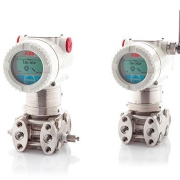

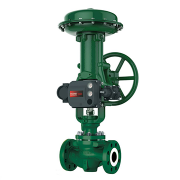
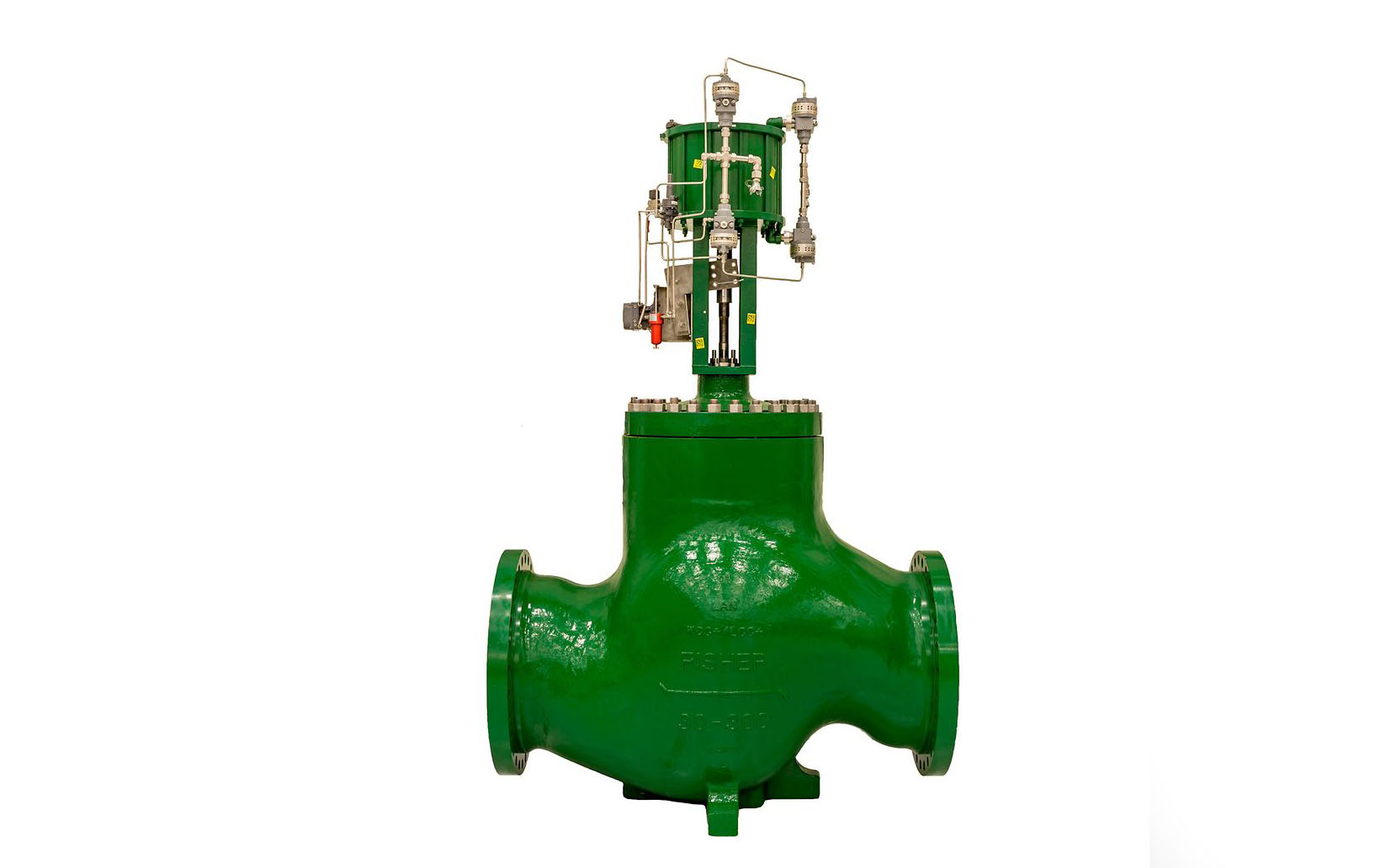
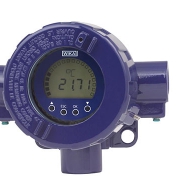
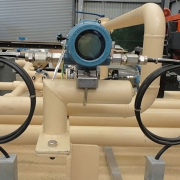
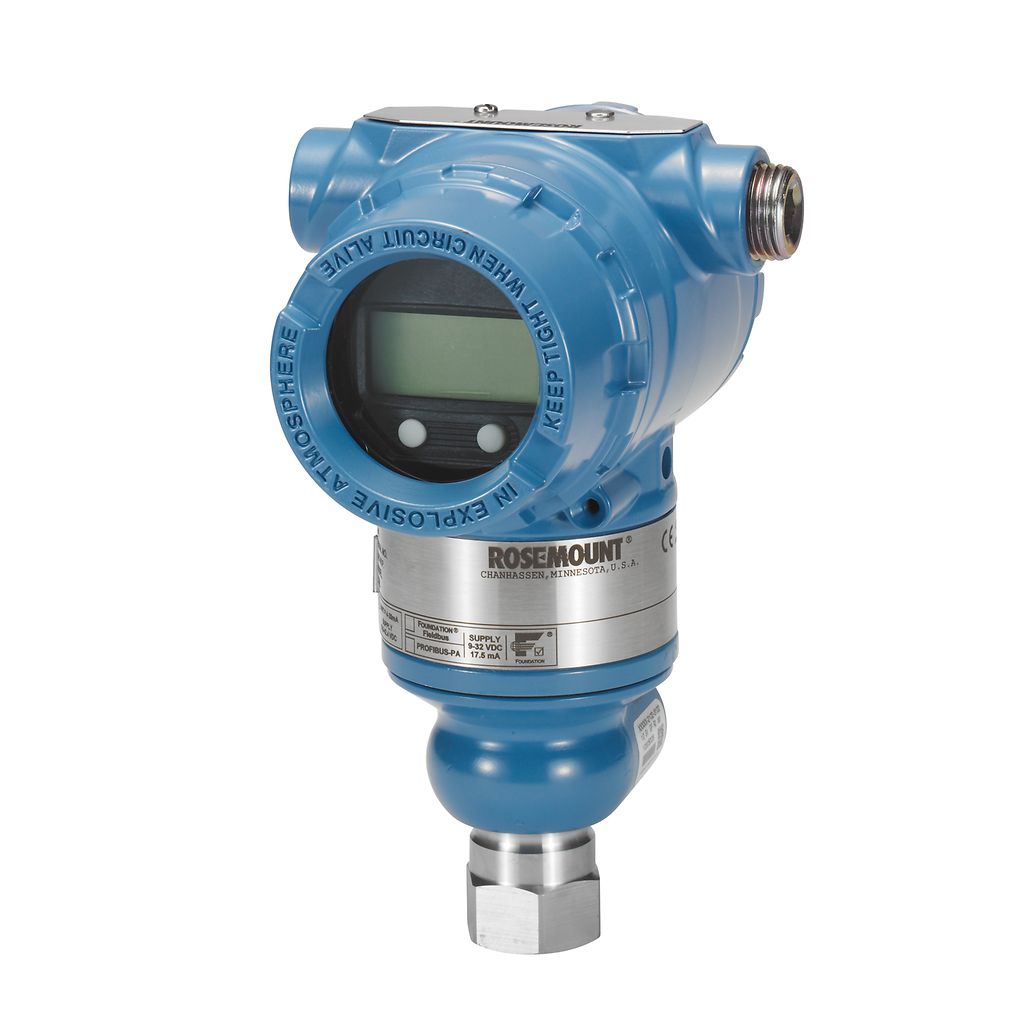 Pressure technology solutions include capacitive, piezoresistive and other sensors to provide essential process data in differential, gage and absolute pressure applications.
Pressure technology solutions include capacitive, piezoresistive and other sensors to provide essential process data in differential, gage and absolute pressure applications.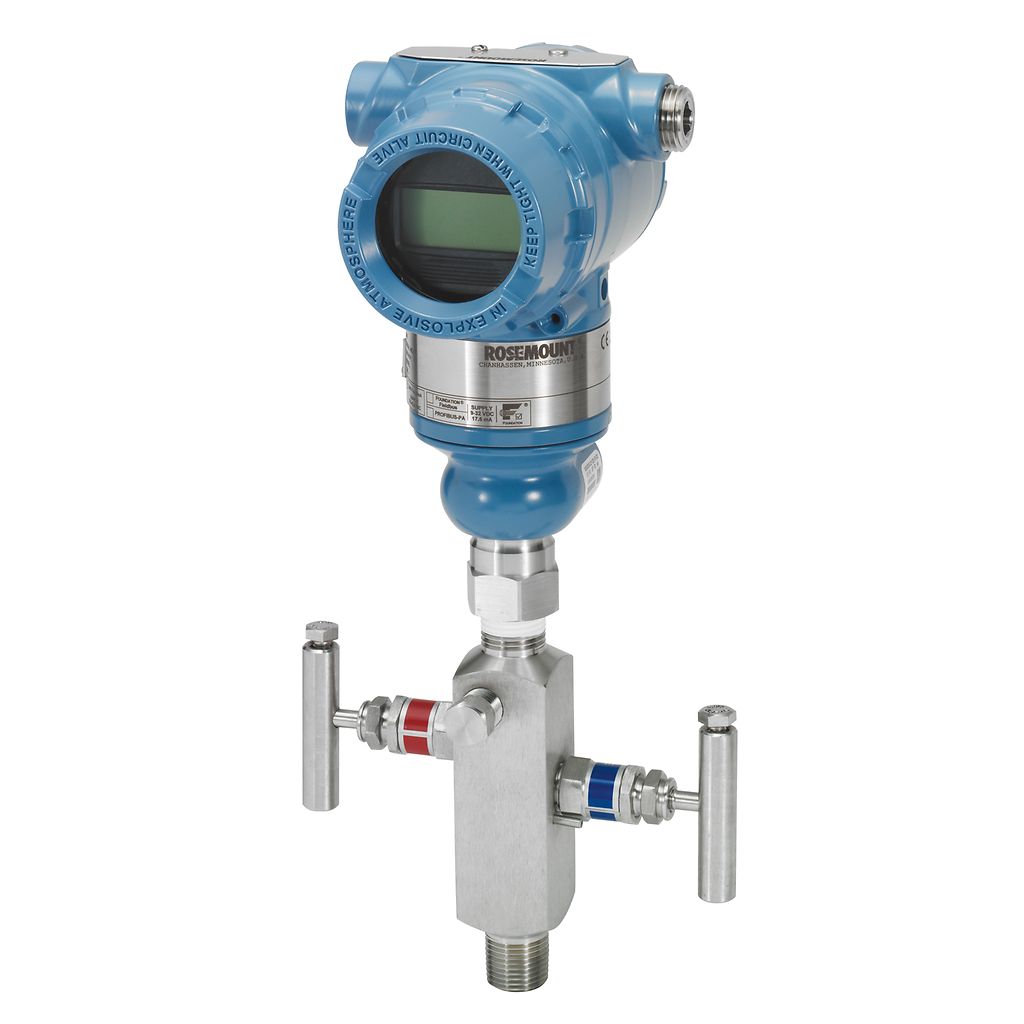
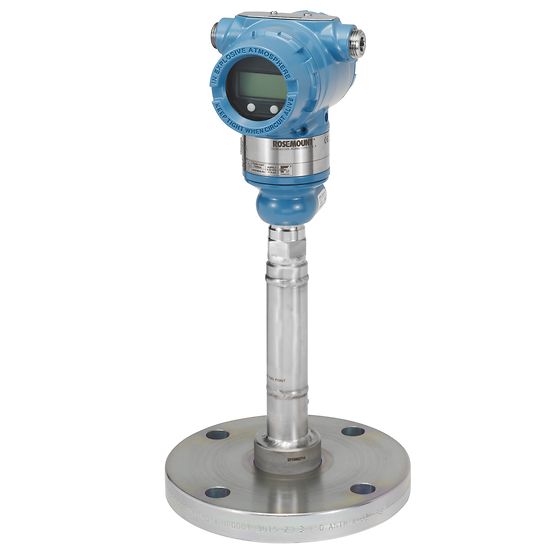 Pressure Transmitter Applications
Pressure Transmitter Applications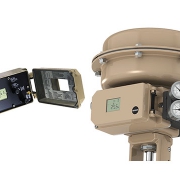
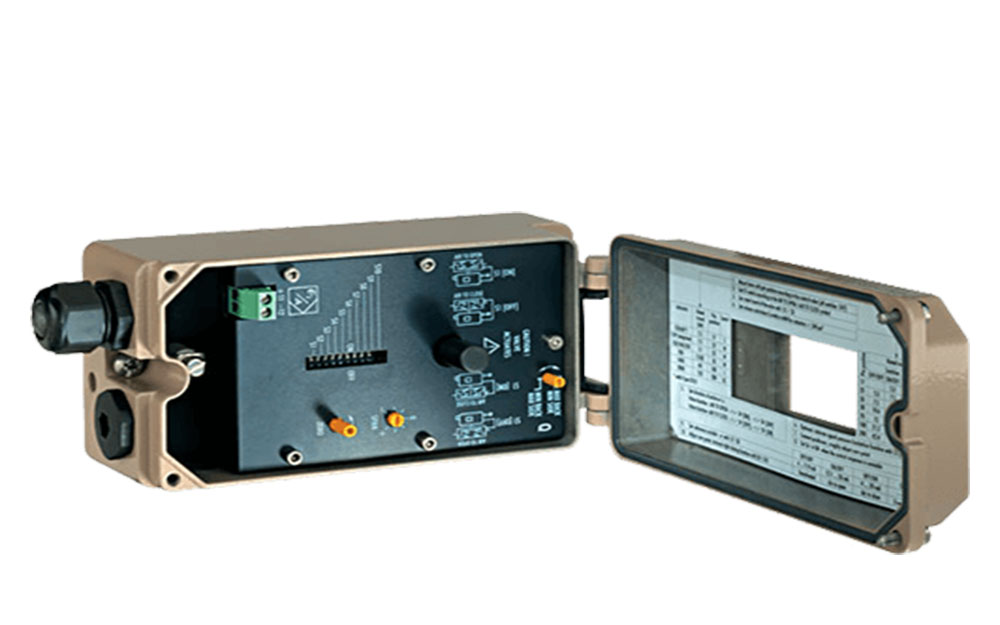
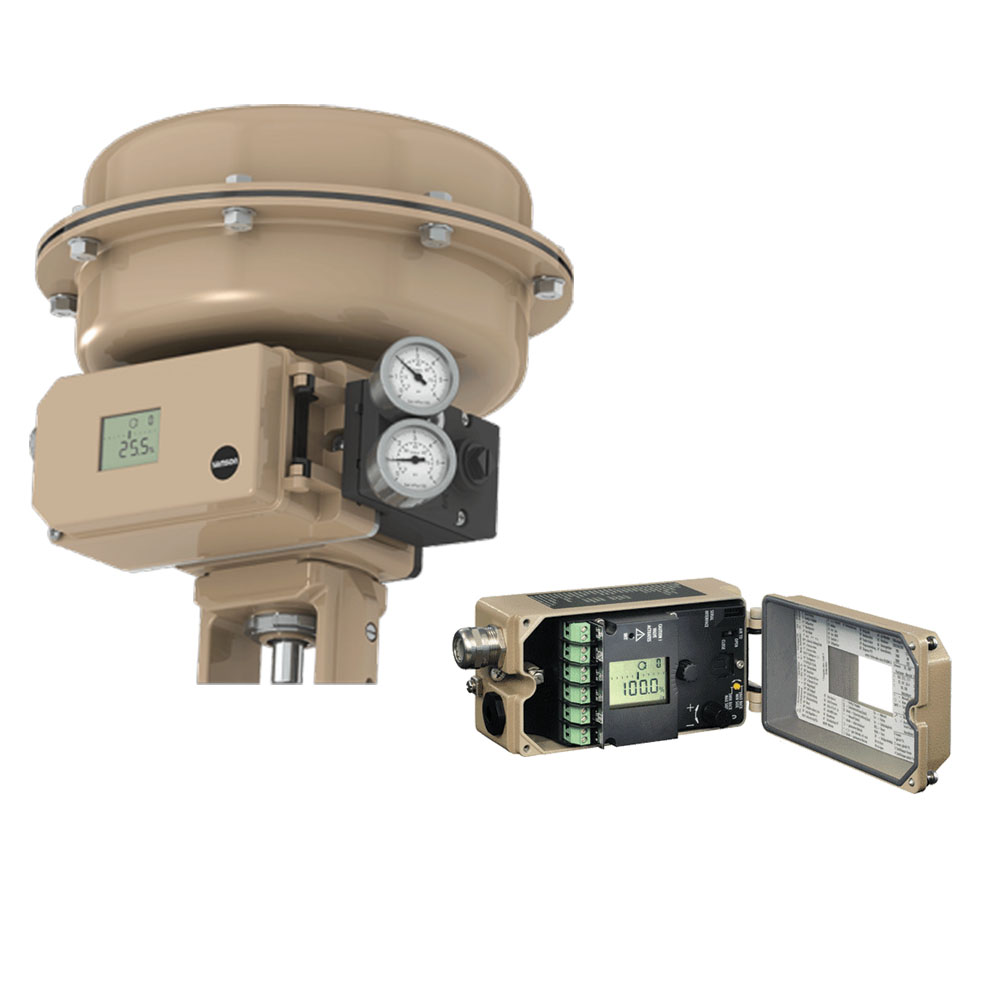 Type 3730-2 Electropneumatic Positioner
Type 3730-2 Electropneumatic Positioner